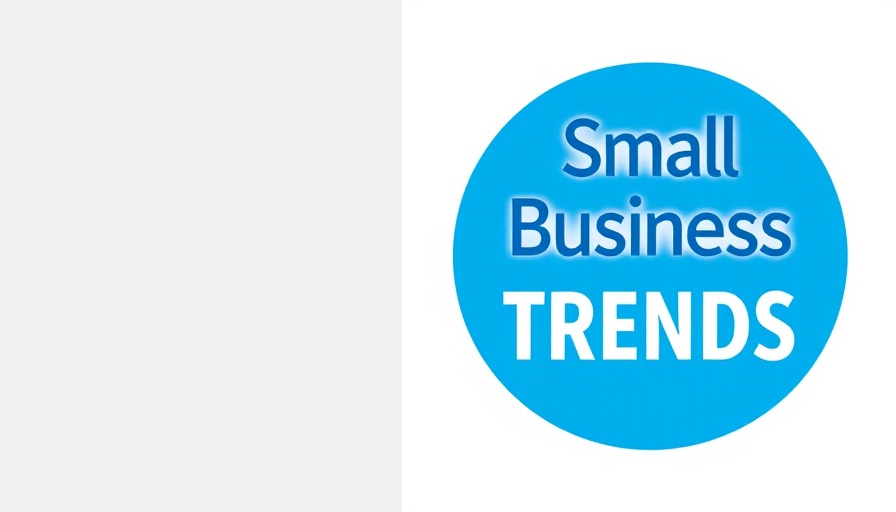
Revolutionizing Bank Reconciliations for Small Businesses
Xero, a leading cloud-based accounting software provider, has just rolled out an exciting new feature aimed specifically at US and Canadian small businesses: the Reconcile Period feature. This innovative tool is not merely an additional feature – it's a game-changer designed to streamline the often tedious process of bank reconciliation.
Why Accurate Reconciliation Matters
For small business owners, I've seen firsthand how critical precise financial management is for maintaining integrity and avoiding inadvertently hitting bumps in cash flow. With the Reconcile Period feature, entrepreneurs can define a specific date range for reconciling bank statements with their transaction records, ensuring all data adds up accurately. It’s an added safety net that gives users peace of mind as they navigate their financial landscapes amidst the challenges of operating a business.
Key Functionalities of the Reconcile Period Feature
What makes this feature stand out? Here are some of its most crucial functionalities:
- Deadline Definition: Users can set up a specific date range during which they need to reconcile their records, allowing for detailed comparisons with bank statements.
- Error Detection: Quickly identifying missing, duplicate, or incorrect transactions ensures data accuracy.
- Protection of Transactions: The feature protects reconciled transactions from alterations, bolstering their importance during audits and reviews.
- Built-in Reporting: Users can generate comprehensive reconciliation reports, adding an invaluable resource for financial records.
This approach not only simplifies tasks for accountants and bookkeepers, but it also enhances the user experience significantly, making Xero's software even more tailored to market demands.
Building on User Feedback
Interestingly, Xero's development of this feature was a direct response to user feedback. The organization had garnered insights from precise requests for a more robust verification mechanism in their month-end closing processes. Beta testing with professionals yielded enthusiastic responses, highlighting the feature’s potential to simplify crucial accounting tasks and allow businesses to focus on growth.
Looking Ahead: A Vision for Future Improvements
But there’s more on the horizon. Xero's blog indicates plans to allow users to upload PDF bank statements into the reconciliation process, which will further enhance the efficiency of financial management. This emphasis on continuous improvement means that small businesses can expect better experiences and faultless integrations in the future, further solidifying Xero’s role as an industry leader.
The Path Forward for Small Businesses
For small business owners across the US and Canada, embracing tools that simplify financial management is crucial. With solutions like Xero's Reconcile Period feature, we see a clear trend toward making complex accounting tasks easier and more reliable. As financial technology evolves, those who adapt stand to gain a significant competitive advantage.
 Add Row
Add Row  Add
Add 

 Add Row
Add Row  Add
Add 



Write A Comment